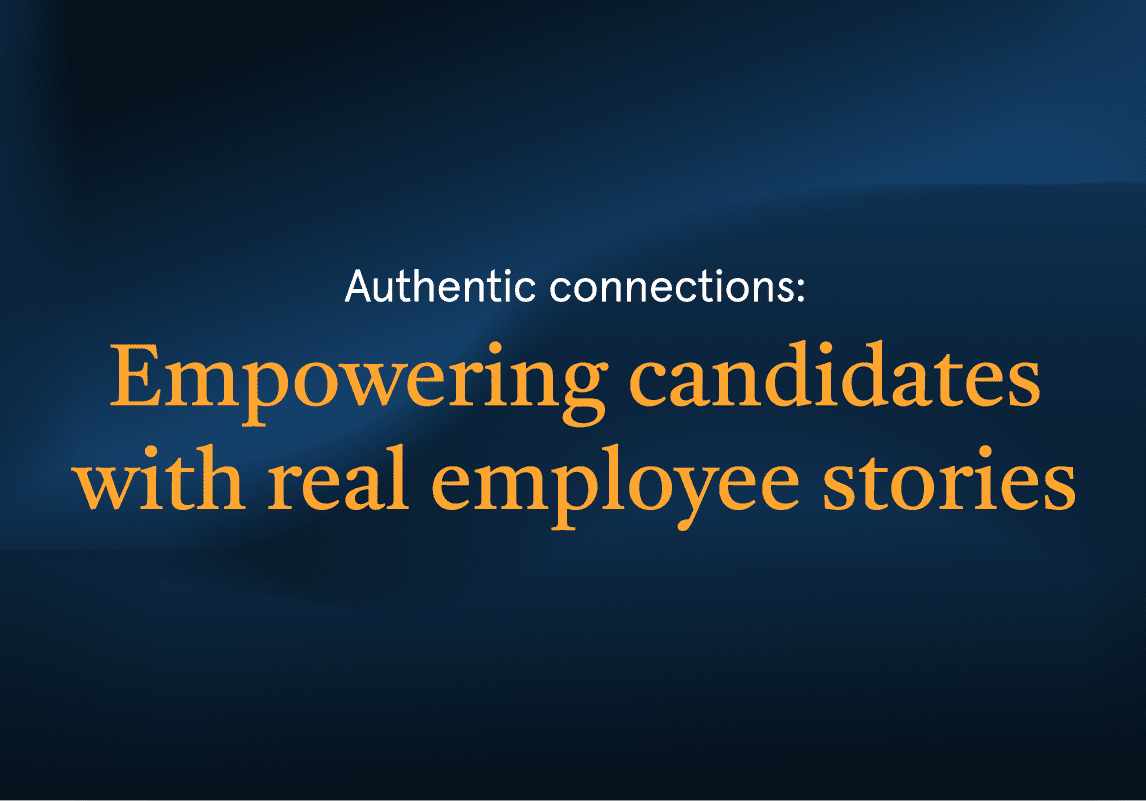Recruitment and talent acquisition are integral parts of the hiring process. While often used interchangeably, the two terms actually refer to quite distinct concepts. Both involve building and maintaining a company workforce, but their approaches — and goals — are unique. Here we’ve broken down the difference between recruitment and talent acquisition, and why it’s important to your hiring practices.
What is recruitment?
Recruitment is a process used to find and evaluate candidates to fill a position. It includes creating job descriptions, posting on job boards, screening candidates, interviewing, and extending a job offer. It’s typically a structured process, focused on filling roles with quality candidates, within a certain timeframe.
Benefits of recruitment
Recruitment allows hiring teams to do the following:
- React to vacancies with a plan. A streamlined recruitment process allows positions to be filled efficiently, minimizing impacts on productivity.
- Develop a qualified candidate pool. Clearly defined job descriptions and an established screening process ensure you’re bringing the right people into your talent pool.
- Add value to a company. New talent brings new ideas and new perspectives to your business.
What is talent acquisition?
While recruitment focuses mainly on filling positions, talent acquisition proactively addresses a business’s long-term goals through continuous work on the entire employee lifecycle. True talent acquisition includes recruitment and also involves onboarding, maintaining employee engagement, and developing the overall skill set of the workforce.
Benefits of talent acquisition
Through talent acquisition, hiring teams can:
- Ensure successful hires. Active talent acquisition includes practices that both retain qualified talent,and ensure new hires are a good fit for the organization
- Convert warm leads. Businesses with robust talent acquisition strategies tend to attract more talent, and build a pipeline of talent for future opportunities.
Foster community. Investing in employees, their skills, and their achievements boosts staff morale, builds professional connections and improves employee engagement.
Recruitment vs. talent acquisition
Recruitment and talent acquisition differ in their scope and planning. Recruitment acts on short-term goals, like ensuring adequate staffing, and it typically involves a specific team or manager.
Talent acquisition, however, is more strategic. It involves every level within a company and acts proactively to meet long-term goals. It goes beyond ensuring adequate headcount, extending to “bigger picture ideas”, and projecting future business needs. It can also include evaluating current employees and identifying potential within the current talent pool. For example, if there’s a company skill shortage, a talent acquisition strategy may signal a need for more employee or manager training. Sometimes, the best candidate for a position may already be working with the company.
Talent acquisition means investing in employees, before and after they’re hired. A good talent acquisition strategy recognises employee strengths, skill gaps and development needs. This is critical for retaining top talent, keeping a company competitive, and attracting the best candidates. Recruitment is an important part of this strategy, and hiring teams should use it as an opportunity to solidify and promote company values. For example, a company can demonstrate its commitment to diversity, equity and inclusion through the language it uses in job postings, utilizing diverse recruitment channels, and engaging peer-level employees in candidate review.
How to expand your recruitment into talent acquisition
Expanding recruitment into a full talent acquisition strategy takes dedicated planning. As a starting point, companies can improve recruitment by including current employees in the process. Employee feedback, especially around the hiring and onboarding experience, can help TA teams pinpoint areas for improvement. Satisfied employees who feel valued are a powerful recruitment tool. Companies should consistently review how they evaluate employee progress and recognise their team’s efforts.
A company should also clearly define its benefits and values and showcase how they shape company culture and operations. An effective way to do this is by building an engaging career site. More than a job posting page, a career site allows people to connect with a company in the pre-apply stage. Figuring out how to tell your unique employer brand story can be difficult. The best way to start is by leaning on authentic employee stories and sharing real photos, videos and content that shows people why they should want to work for your organization.
If you’re looking for more tips on developing your talent acquisition strategy, Clinch offers powerful resources, including a content management system that makes it easy to build an effective career site. Contact us to learn more about how we can help your business attract and retain top talent.



